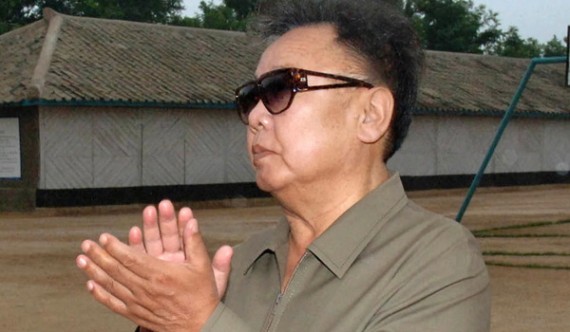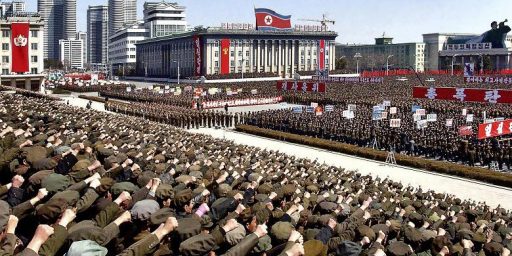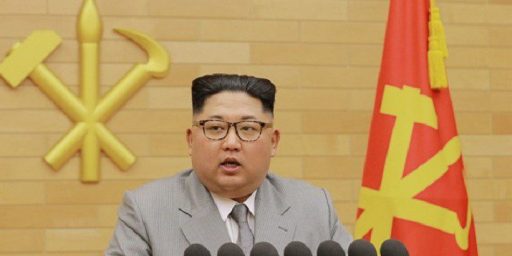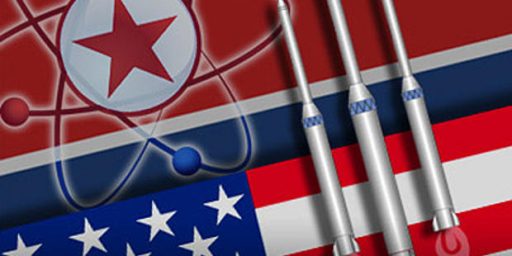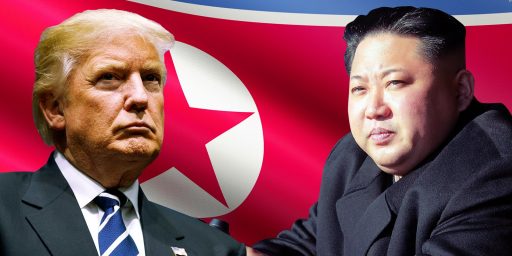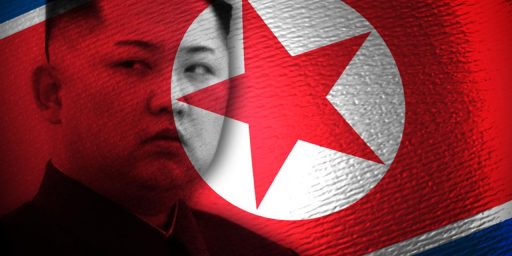Korean Crisis May Be Linked To Succession Worries
The latest round of tensions on the Korean peninsula may be linked to efforts by Kim Jong Il to ensure that power passes to one of his sons:
Experts on North Korea say that its latest act of belligerence — the sinking of a South Korean ship in March, one of the worst military provocations since the end of the Korean War in 1953 — reflects a new force at play: the efforts of the North’s leader, Kim Jong-il, to establish his 27-year-old son as a legitimate heir to carry on the family dynasty.
“His succession to power is the factor that links all other factors when we try to explain why the North is doing what it does these days,” said Choi Jin-wook, a senior analyst at the Korea Institute for National Unification, the Seoul government’s top research organization on North Korea. “Without it, no explanation is complete or convincing.”
On the surface, the North’s ever-intensifying policy of confrontation can appear self-defeating. But, officials and analysts here say, it is all part of Mr. Kim’s effort to groom Kim Jong-un, the youngest of his three known sons, as his successor. According to this line of thinking, the sinking of the South Korean ship was intended to create an atmosphere of crisis that would serve Mr. Kim’s purposes, both by rallying public support and winning the crucial backing of the military.
“Kim Jong-il needs to create a warlike atmosphere at home to push through with the succession of power to his son,” said Cheon Seong-whun, another senior analyst at the Korea Institute for National Unification. “To do that, he needs tensions and an external enemy.”
(…)
The elder Mr. Kim “wants to speed up his military-first policy and nuclear program and wants to consolidate the succession process before his health condition becomes worse,” a high-ranking South Korean government official told a group of foreign correspondents in Seoul on Friday. “His third son is also rushing because as a member of the new generation, he wants to prove himself to be very strong and able to control the military leadership. In order to do so, he wants to show to the North Korean leadership that he has achieved some major military outcomes, particularly targeted against South Korea.”
As will all things North Korean, the succession process has been shrouded in a level of secrecy that makes Soviet-era Moscow seem transparent by comparison. Kim Jong-Un has never been seen in public and the few photographs available on the web have not even been verified to actually depict him. Nonetheless, in January his birthday was celebrated as a national holiday for the first time, a clear sign that the elder Kim is attempting to pass the dynastic baton to a man who, at twenty seven has no real accomplishments of note. So, the logic goes, he is creating an aura of crisis in order to unite the military behind him and, in turn, his son.
It all sounds very odd, almost medieval in it’s machinations. We’re dealing, however, with the first real hereditary dictatorship the world has seen in quite some time so it’s no surprise that Pyongyang looks more like Bourbon France than the Kremlin. Of course, they’ve got nuclear weapons so the consequences for the world are a little different this time.
